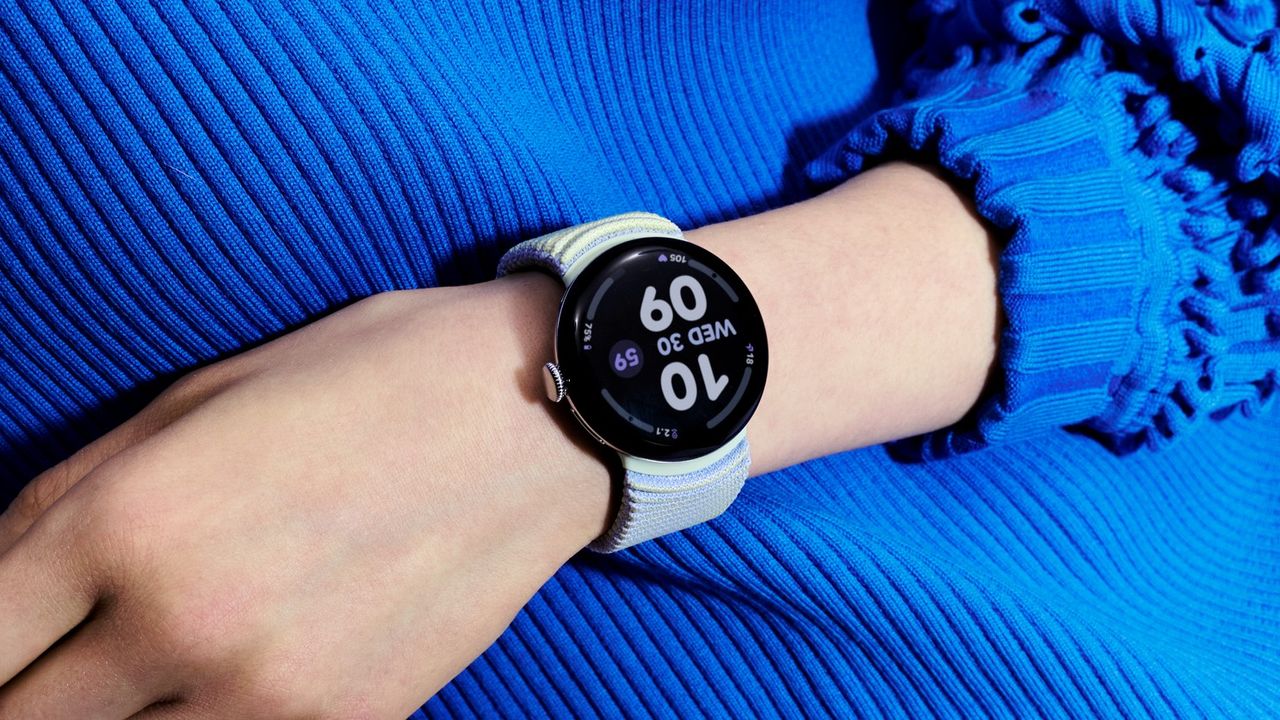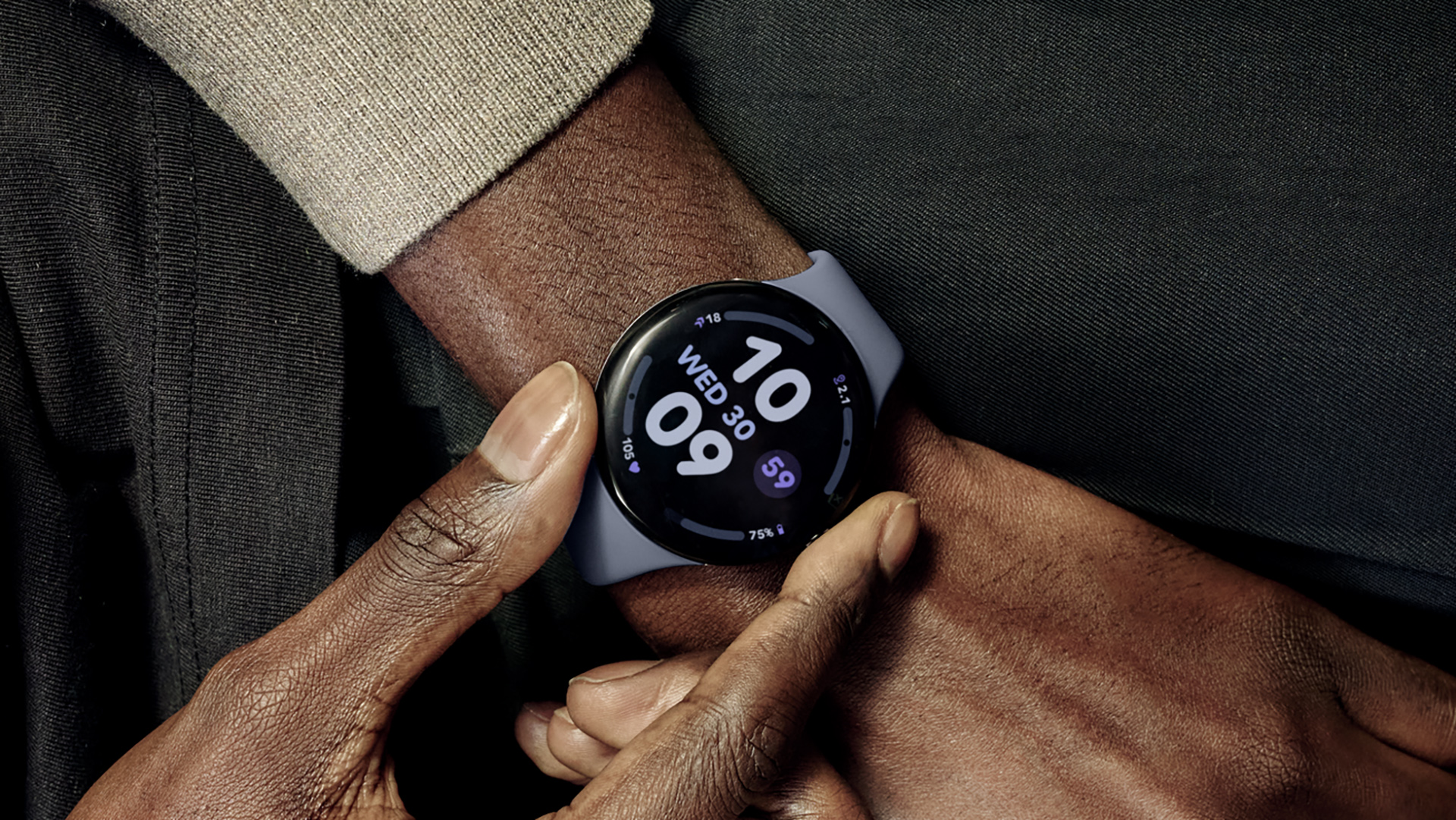
(Image credit: Google)
Users of a Google Pixel Watch could soon be getting a neat feature upgrade which is perfect for keeping track of their health. What's even more exciting is that its a feature already present on Apple Watch models, which means the brand could bridge the gap to one of its biggest rivals.
According to a report by 9to5Google, version 4.53 of Fitbit for Android reveals the inclusion of "Fitbit Hypertension Study". That was found via an APK Teardown – looking into backend code to try and gain insight into new features and functionality which may be coming in the future.
The report suggests that the functionality will be employed to advance research around hypertension screening, using the Pixel Watch. Users will be able to consent to join the study, and will be asked to fill out a questionnaire.
Anyone who is selected for the study will have their sensor data collected from their watch under normal use. There's also a warning to users that the process may increase battery consumption.
Beyond the base group, a randomly selected group of users will also be asked to wear a blood pressure monitor for 24 hours. They'll earn $50 in compensation for wearing it and returning the equipment, and there's no word on other currencies to suggest that will be offered in other territories.

(Image credit: Google)
So while the new feature isn't exactly ready to go live any second, it does look like Google is making some serious steps towards getting a hypertension feature ready for market. It's worth noting that Apple conducted a similar study prior to adding its version.
What also worthy of note is that the feature landed on Apple Watch Series 9, Series 10 and Series 11 models, offering a substantial user base access to its new feature. Whether or not Google will match that remains to be seen, but I certainly hope it does.
Backwards compatibility is incredibly important in the modern tech industry, and that's never felt more strongly than with health data. No one wants to feel like they have to spend hundreds of pounds just to give their health a fighting chance.
It's also worth caveating all of this with a reminder of what the backend code means. While it's often a good, rare piece of insight into what a brand may or may not have in development, it's not always a perfect science. Features found here could be delayed, or scrapped altogether, so its worth taking with a pinch of salt until they're live and on the device in front of you.

-
 C114 Communication Network
C114 Communication Network -
 Communication Home
Communication Home


